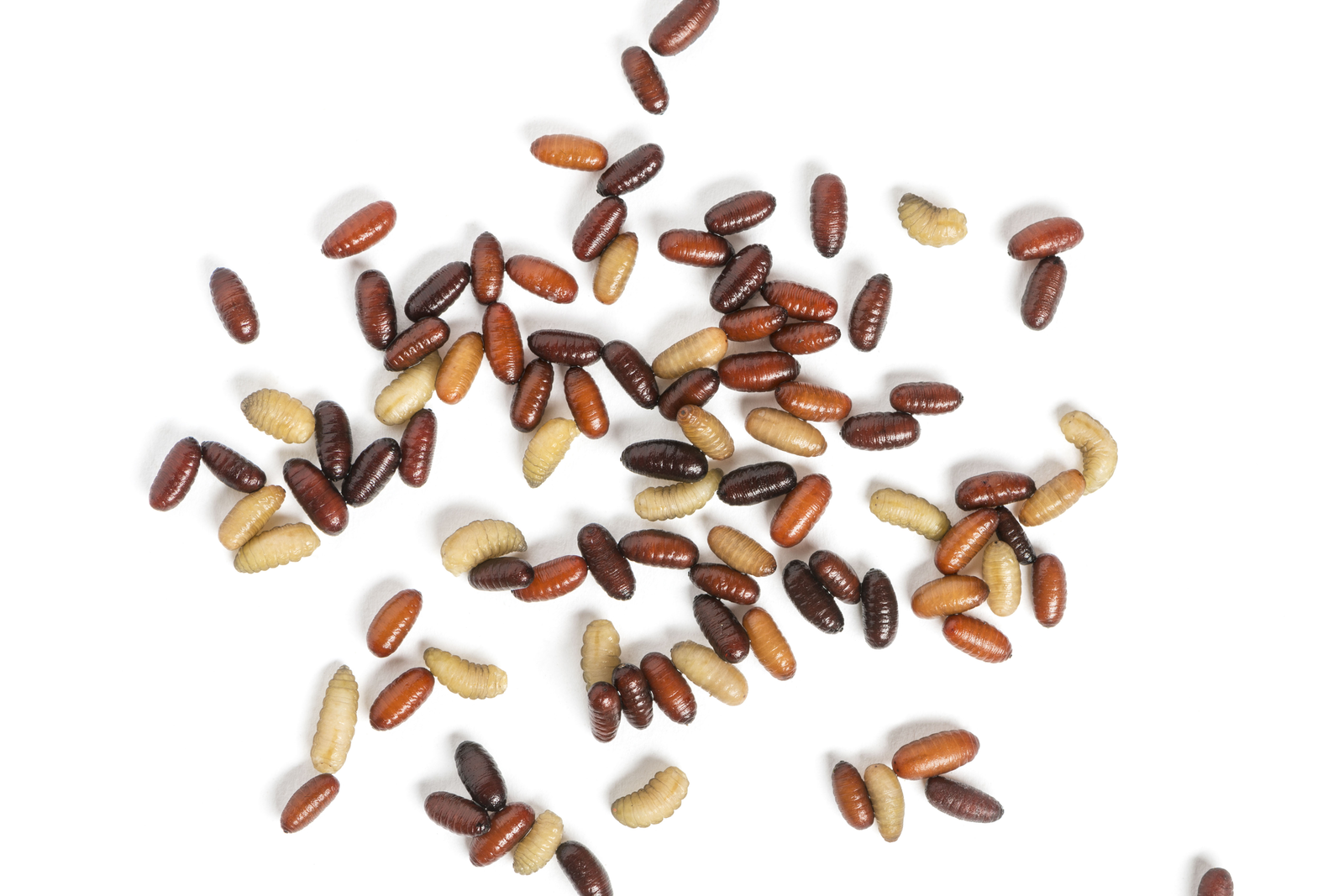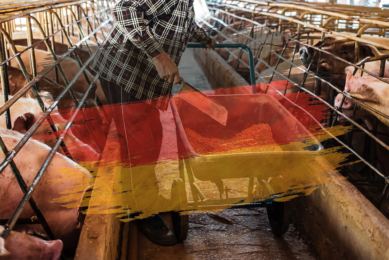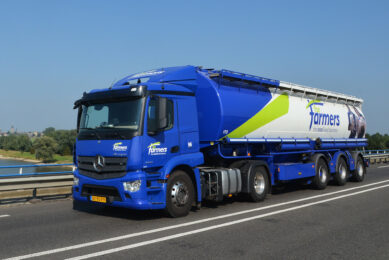Drying 1 tonne of insects in 3 hours

The ENTODRYA is the winning concept from the PROteINSECT student engineering competition. This concept can dry one tonne of insects in just three hours.
The aim of the competition, organised by the EU project PROteINSECT, was to dry one tonne of fly larvae (Musca Domestica) per day so that the dried product can be stored for one year at room temperature while operating under minimal environmental load.
Insects need to be cooked first
Insects are said to be a promising protein source for the feed industry. If you think of soy, which has to be roasted before it can be used as feed, insects need to be looked at from this perspective also very precisely, to fully use the potential of this feed. Drying and processing insects, and thereby enabling a longer shelf-life of the product, is a very important component in the complex supply-chain of insects as animal feed. Although there is not much information available regarding which systems are currently used for drying, it can be said that solar dryers and fluidised bed dryers are used in some companies.
Figure 1 – Drum dryer.

Using a Combined-Heat-and-Power-Unit
The concept for the ENTODRYA is based on a motor driven drum dryer which is also being used in the milk-industry, where (funnily) also animal protein is dried. Figure 1 shows a typical drum dryer with two applicator rolls, the actual drying drum and the blade to scratch off the dried product. Below the drying drum you can see a belt conveyor. The drum is heated by compressed steam, which is produced with the thermal energy from a Combined-Heat-and-Power-Unit (CHPU). The decision to use a CHPU is based on the fact that insects might be produced in countries with insufficient infrastructure, where a CHPU could also supply the surrounding buildings and machines with electricity and or heat. The drum dryer has two applicator rolls and a blade to scratch off the dried material from the drum. Pre- and post-drying on the belt conveyors is done with hot air from the CHPU. The first conveyor belt is used to supply the drum with the moist larvae. A second conveyor belt, which is placed under the blade/drum unit, conveys the dried larvae flakes into a storage unit. If the final product is below 5% moisture, it can be stored in sealed bags at room temperature. In Figure 2 the ENTODRYA-process is depicted schematically.
Figure 2 – Schematic diagram of the ENTODRYA process.

The calculations for the drum dryer are showed in the Table below. The assumed parameters (65% water content of life larvae) are to be verified in the individual plant, due to variations in breeding system.
Still some challenges to overcome
Conclusively, the ENTODRYA is a concept which shows one out of various designs for a dryer for processing larvae to larvae-flakes or larvae-flour. This machine is capable of drying one tonne of insects to a final moisture content of 5% in just three hours. The limitations are that the heavy V2A drum needs to be built by professional steel-processing companies. Also the steam generation and the heating of the drum is a challenge, since too much protein denaturation should be prevented to some extent. Nonetheless, this concept could be used for processing several kinds of insect larvae to larvae-flakes with a long shelf life, which then could be used as feed in modern supply chains. The concept is already being evaluated concerning the feasibility by some companies.
Simon Schantl can be contacted at: simon.schantl2@edu.fh-joanneum.at












